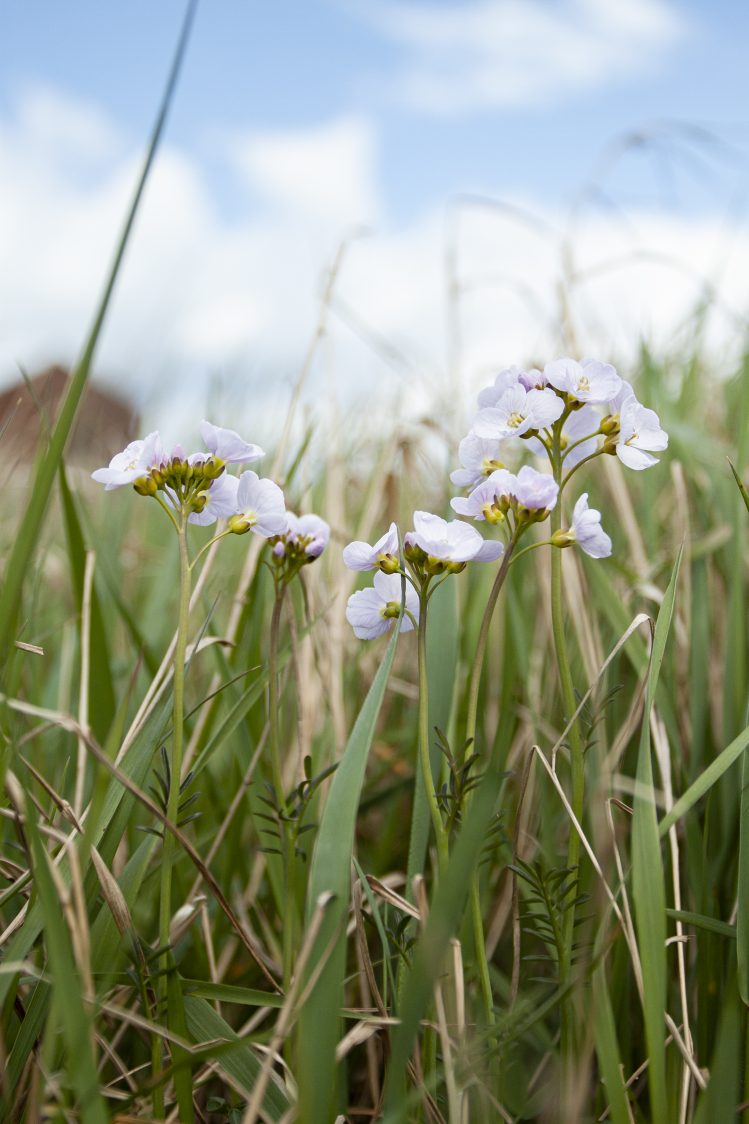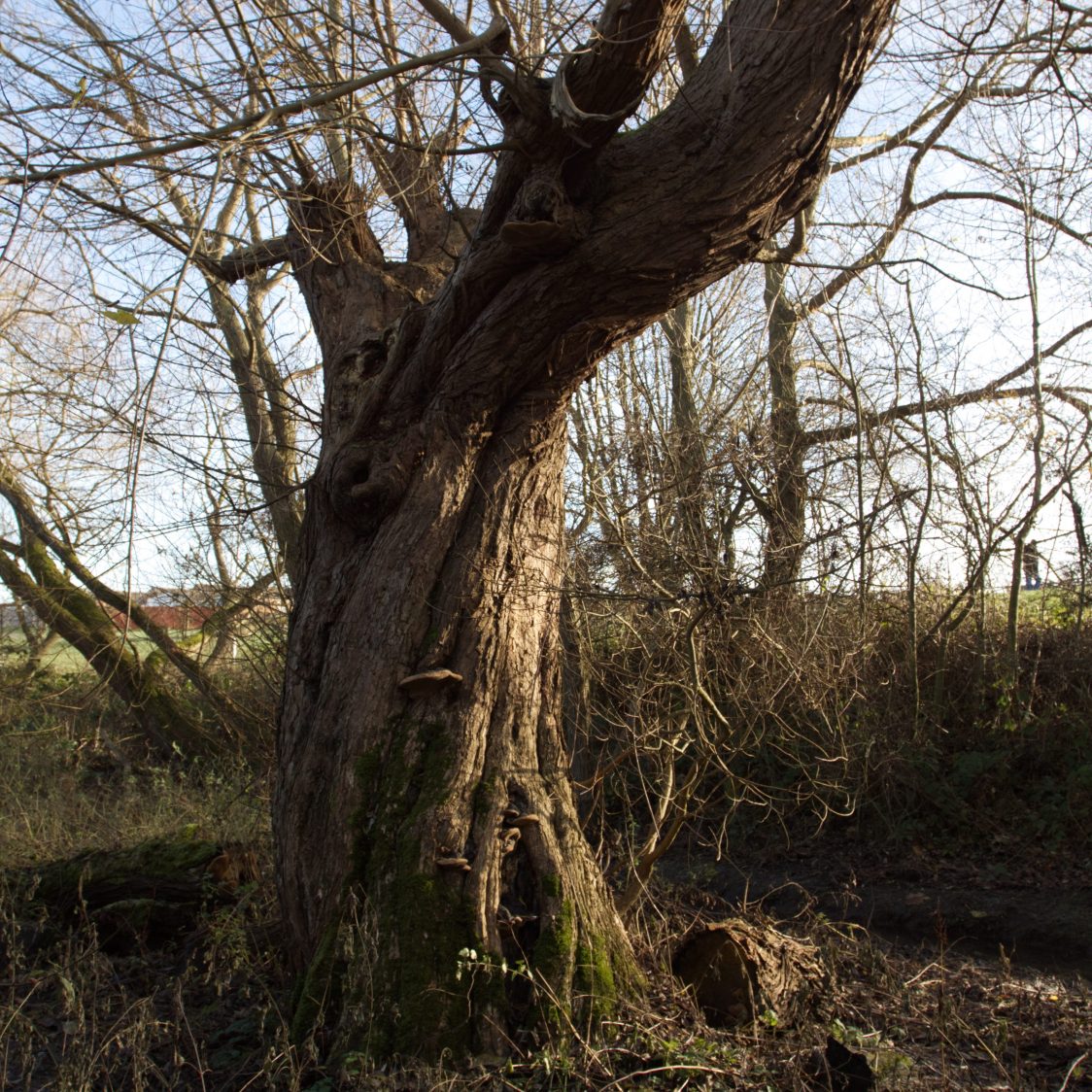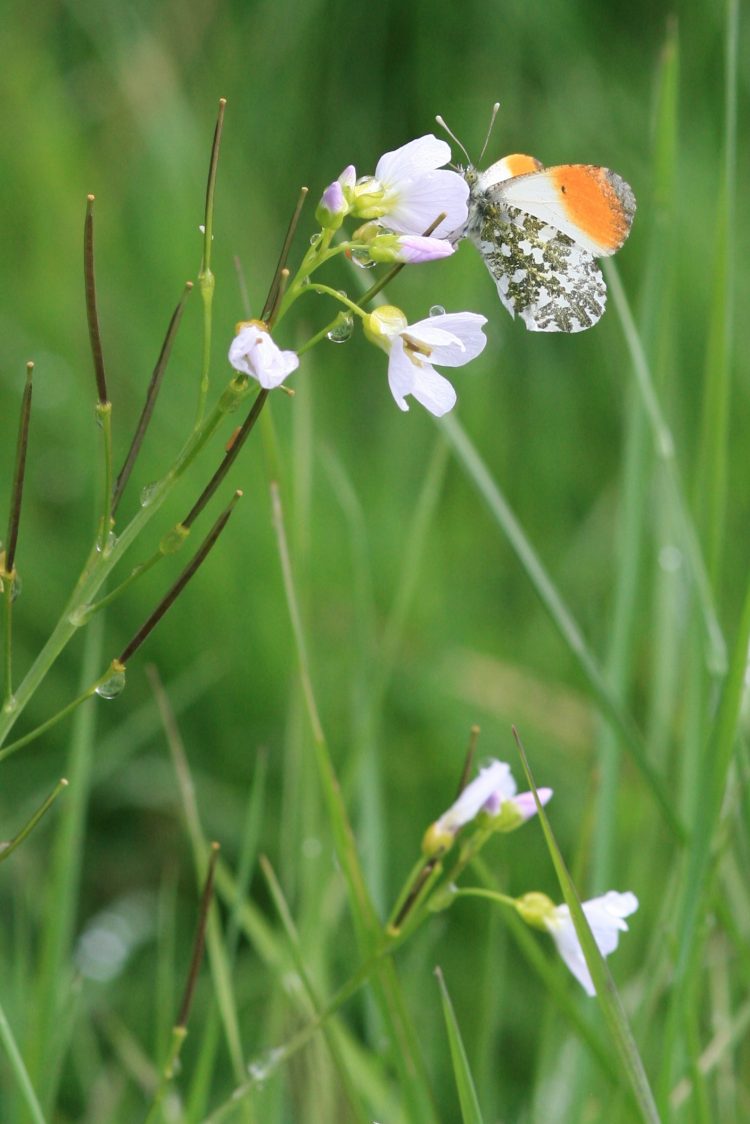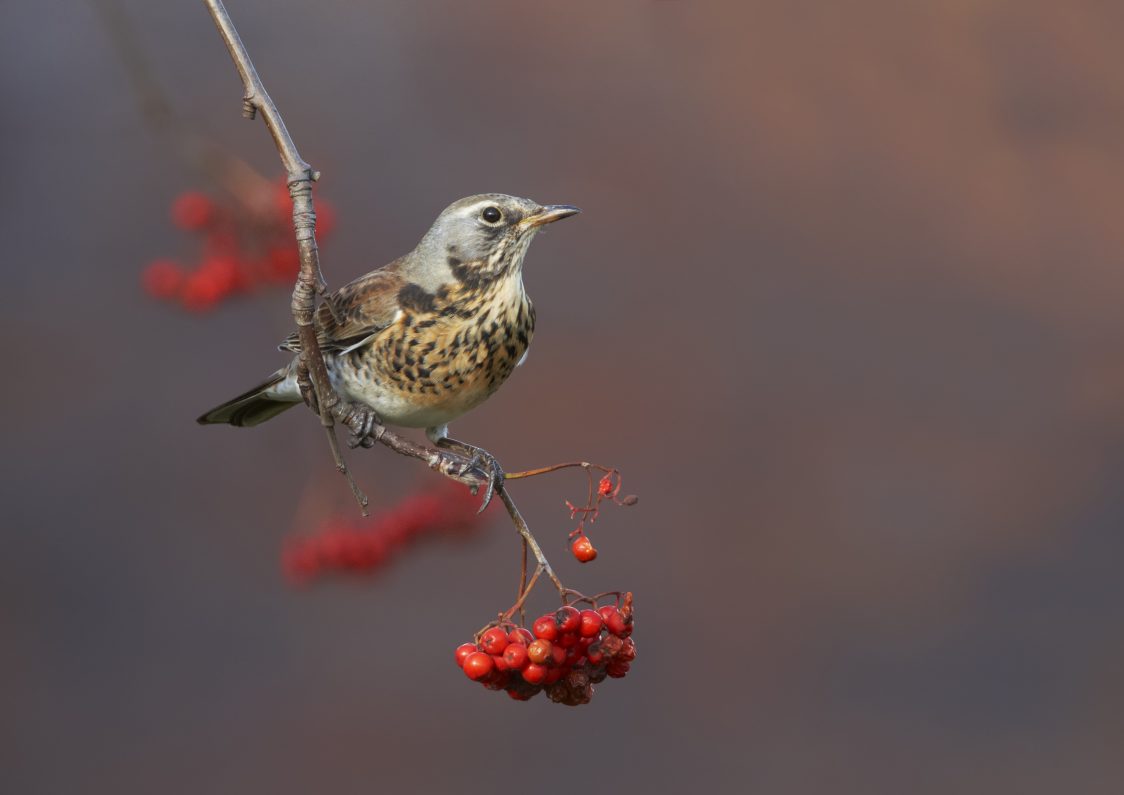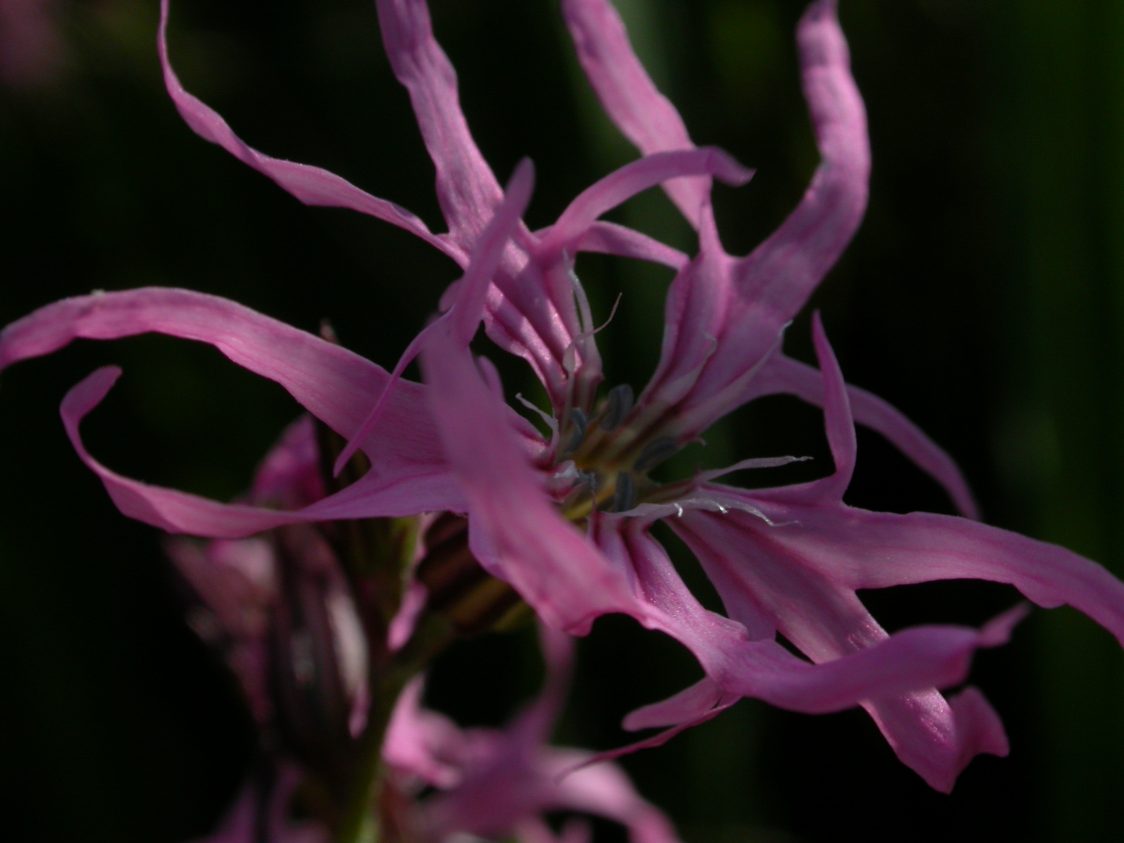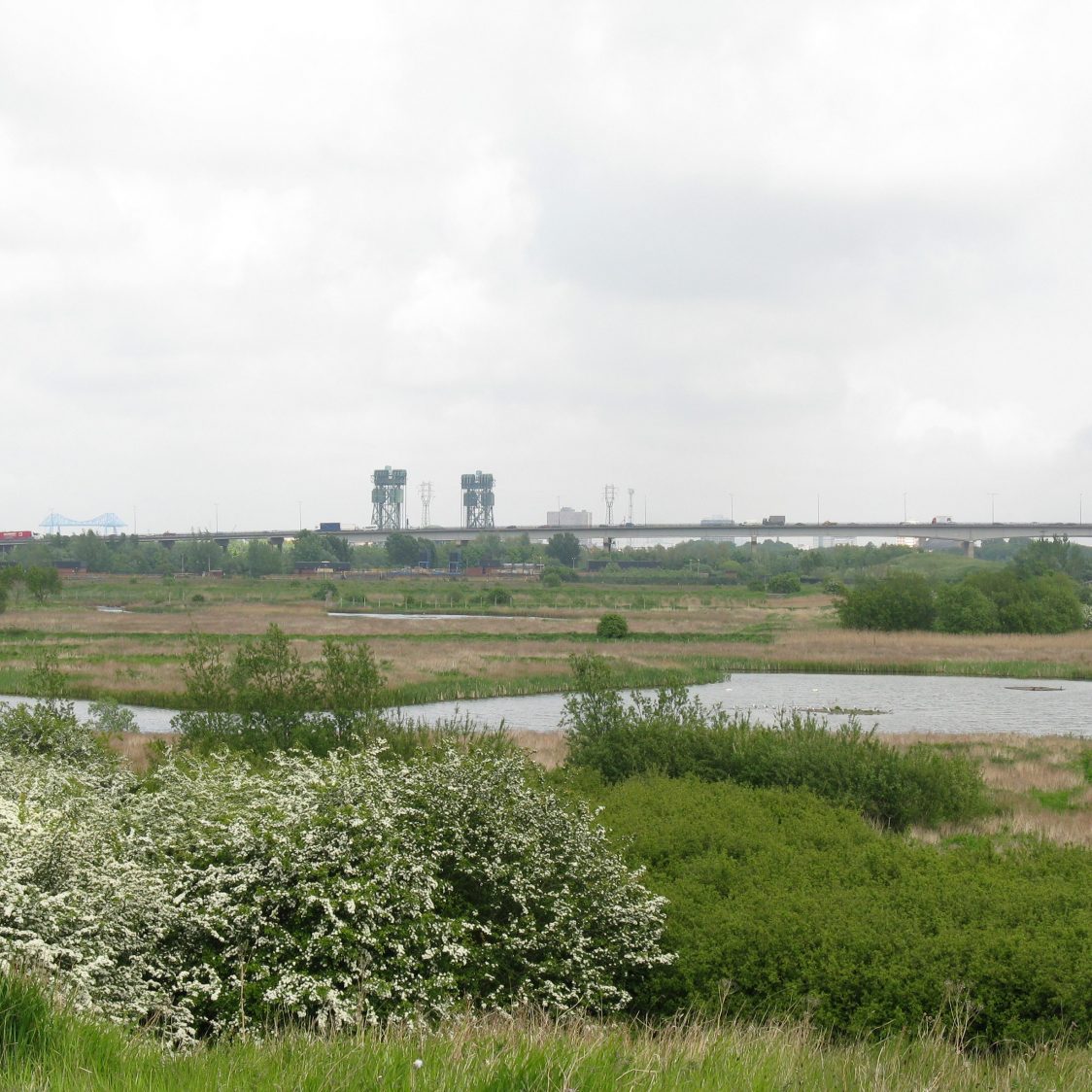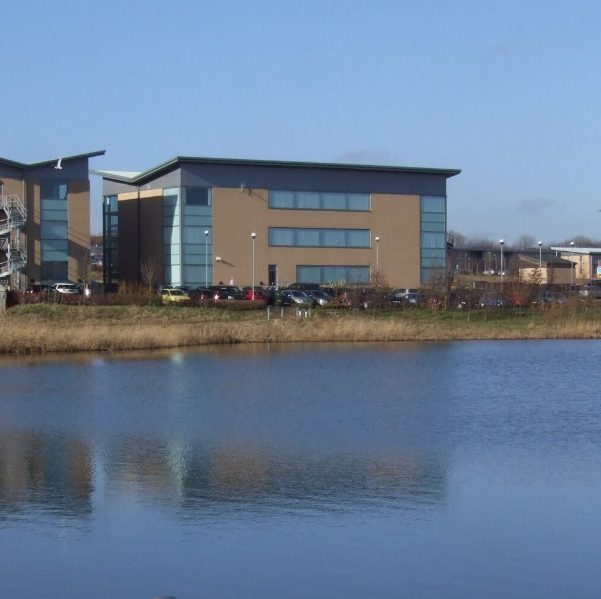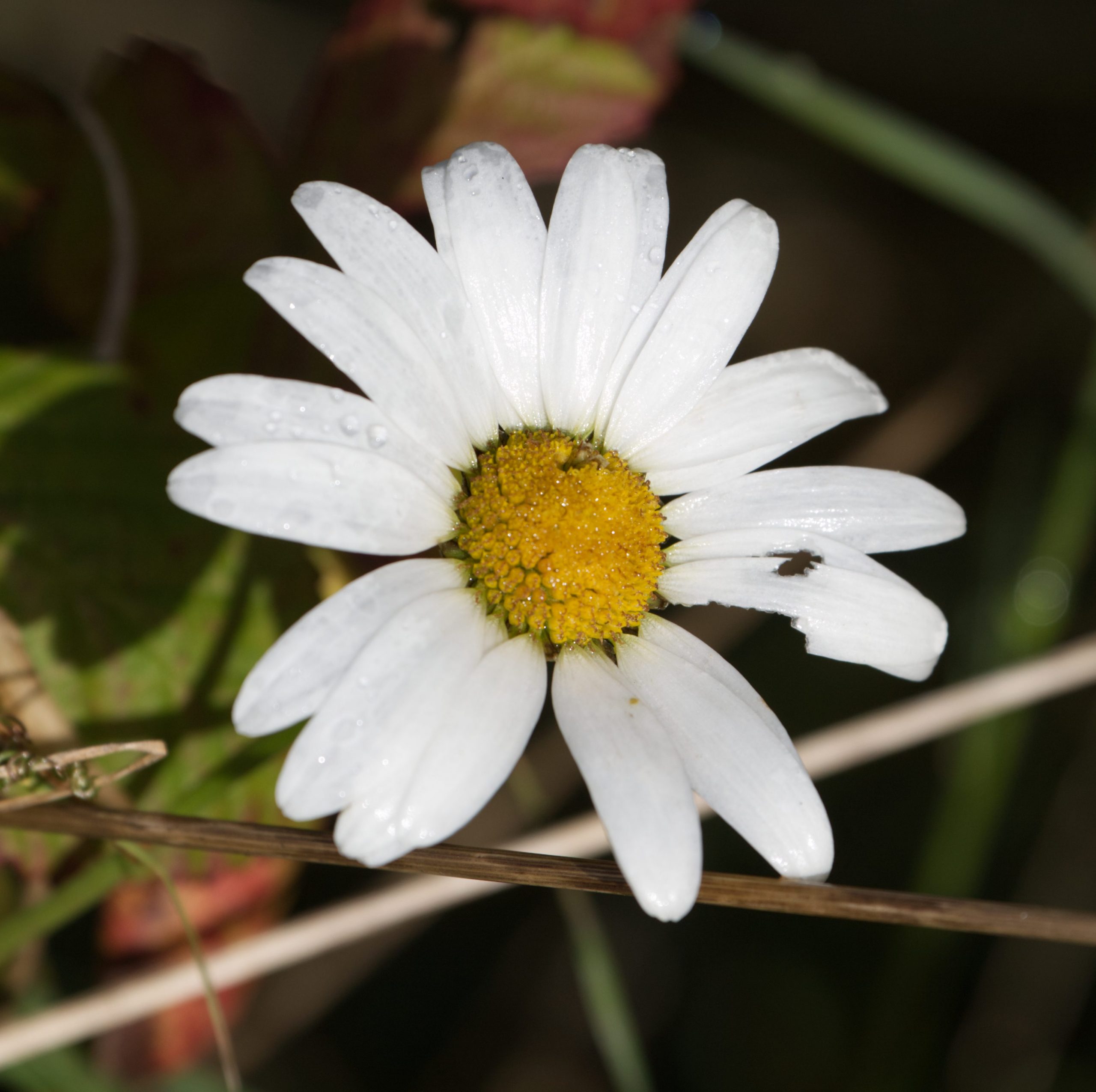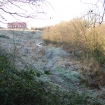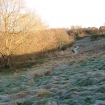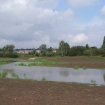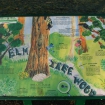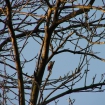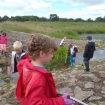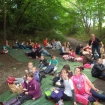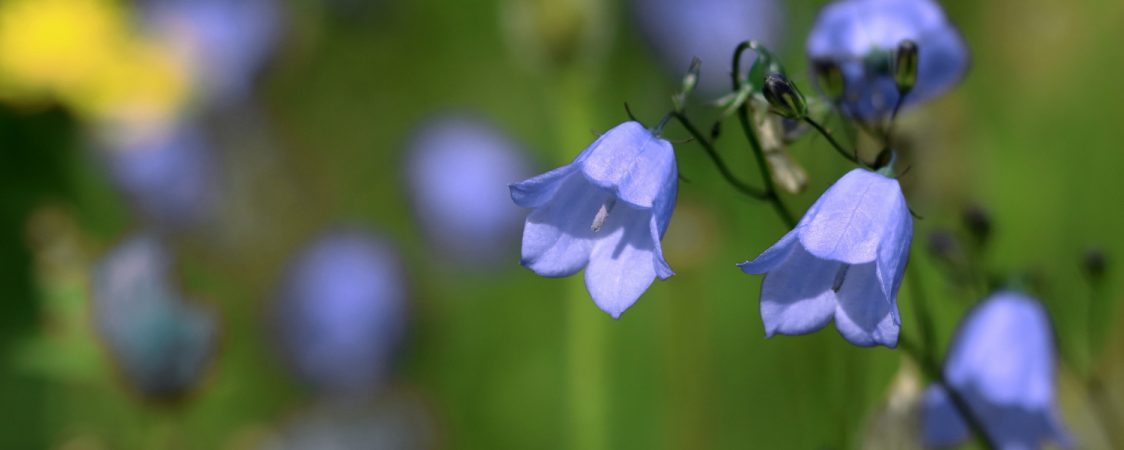
Welcome to Hardwick Dene Nature Reserve
Hardwick Dene is a secret valley, a piece of quiet countryside that has been saved from development. Despite Hardwick’s proximity to urban Stockton, visitors can quickly forget the hustle and bustle as they wander amongst old meadows, hedgerows and deciduous woodland.
What3words https://w3w.co/seat.intent.voting
Facilities & Accessibility

Parking:
There is no official car parking for Hardwick Dene.

Toilets:
Unfortunately, there are no toilets available on site.

Accessibility:
While some areas of the reserve can be accessed on surfaced paths much of the reserve is on a steep gradient, only accessible via steps. Much of the reserve is accessed from unsurfaced paths, which can be muddy when wet.

Dog Bins:
There are no dog waste bins on the reserve. KEEP DOGS ON A LEAD – CLEAR UP AFTER YOUR ANIMALS – DON’T DISTURB THE WILDLIFE. Thank you!

Slope
The reserve lies mostly within a steep-sided valley, with some areas of relatively level grassland at the top on either side.

Paths
There are some surfaced paths, but mostly the reserve is only accessible on foot across unsurfaced paths. There are several flights of steps allowing access to the bottom of the valley and through the woods. These paths can be slippery when wet.
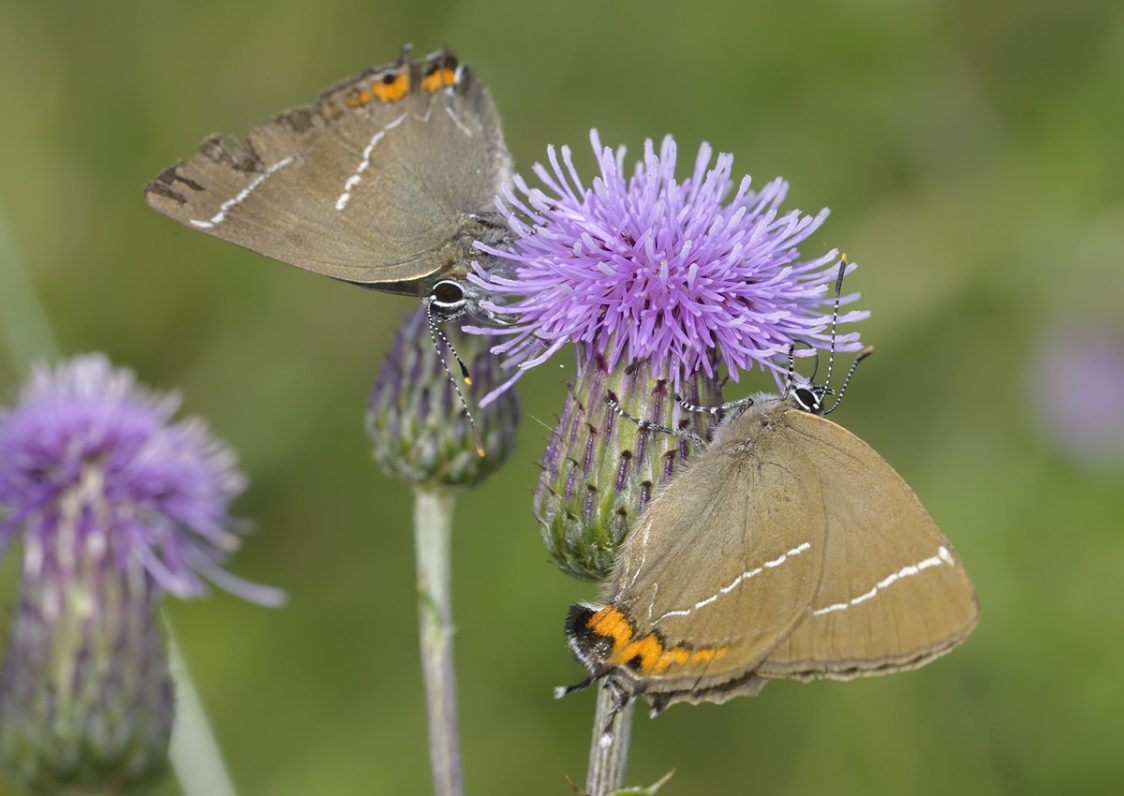
More info
Much of the Dene supports valuable scrubland, mainly hawthorn but with varying amounts of blackthorn, dog rose and gorse. Consequently, it provides safe nesting sites in spring for a variety of birds. Autumn and winter sees abundant berries and rosehips feeding large flocks of blackbirds, redwing, and fieldfare, for example.
Amongst the scrub lie areas of grassland, which become quite damp towards the valley bottom. This results in wildflowers such as water mint and cuckoo flower growing here. In turn, these provide caterpillar food plants and nectar sources for a variety of butterflies. In the spring, the orange-tip is abundant, particularly in the damper areas, where it searches for cuckoo flower on which to lay its eggs.
The Dene is an important site for the white-letter hairstreak butterfly, which gets its name from a white line in the shape of the letter “w” on the underside of the hind wing. The caterpillars of this species feed upon elm trees, particularly those growing in hedgerows or at the woodland edge.
Dutch elm disease killed over 10 million elm trees in the 70’s and 80’s, causing the white-letter hairstreak to disappear from many sites where it was once common. The hairstreak, visible from late June to early August, is best viewed with binoculars as it basks on leaves near the tree-top, or makes a short spiralling flight out from the tree and back again.
Another special feature of this nature reserve is a wildflower meadow south of Hardwick beck. Meadows such as this were once a common sight in the countryside, but many have been lost to housing, road building or agricultural improvements. This particular meadow has been identified as a fine example of its type, with over 90 plant species growing here. Species include common spotted orchid, devil’s-bit scabious, betony, and ragged robin. As a result of the abundance of grasses and flowers, butterflies are numerous here, with 22 different species being recorded in the meadow alone.
Elm Tree Wood
Separated from the Dene by Darlington Back Lane is Elm Tree Wood, a small triangular piece of mature, mixed-deciduous woodland. As befits its name, the wood contains a number of elm trees. There are also oak, ash, alder, sycamore and cherry, with an understory of hawthorn and holly. In the spring, the woodland floor is coloured yellow by the flowers of lesser celandine, and occasional clumps of wild garlic.
Nearby Nature Reserves
Gallery
